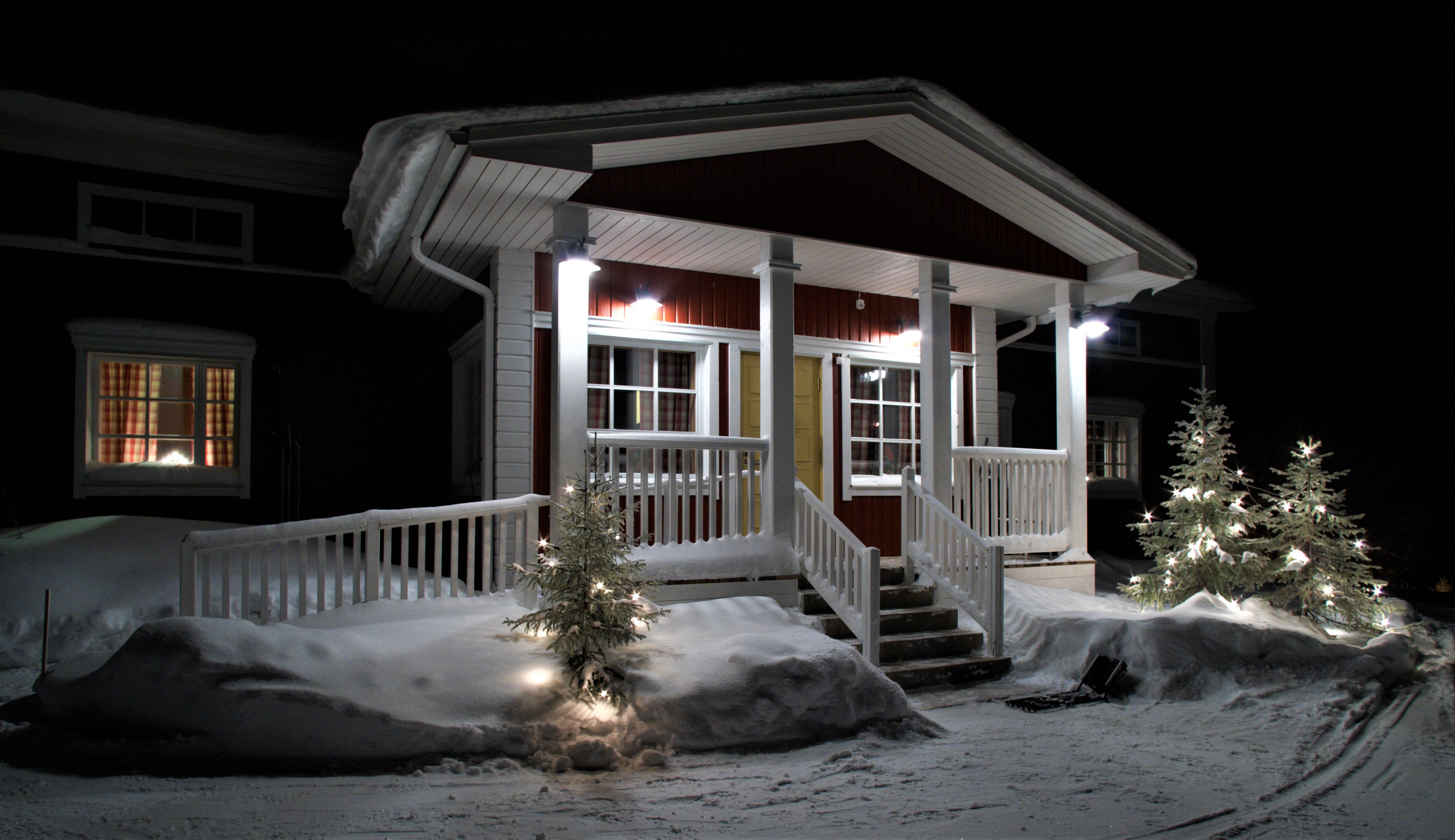Christmas in Finland is a very traditional affair, a time for family, relatives and friends, and especially for children. The season begins at noon on the 24th of December when the Christmas Peace is declared from Brinkkala Hall balcony near Turku Cathedral, a tradition that dates back to the 13th century. The ceremony begins with the crowd that gathers there, usually most of Turku’s population, singing the national anthem, followed by a local dignitary reading from a scroll, and culminating with the ringing of the bells of the cathedral. The reading of the Christmas Peace, broadcast live on television and radio, is watched or listened to by virtually every family in Finland and signals the official beginning of the 20 days of Christmas in Finland.
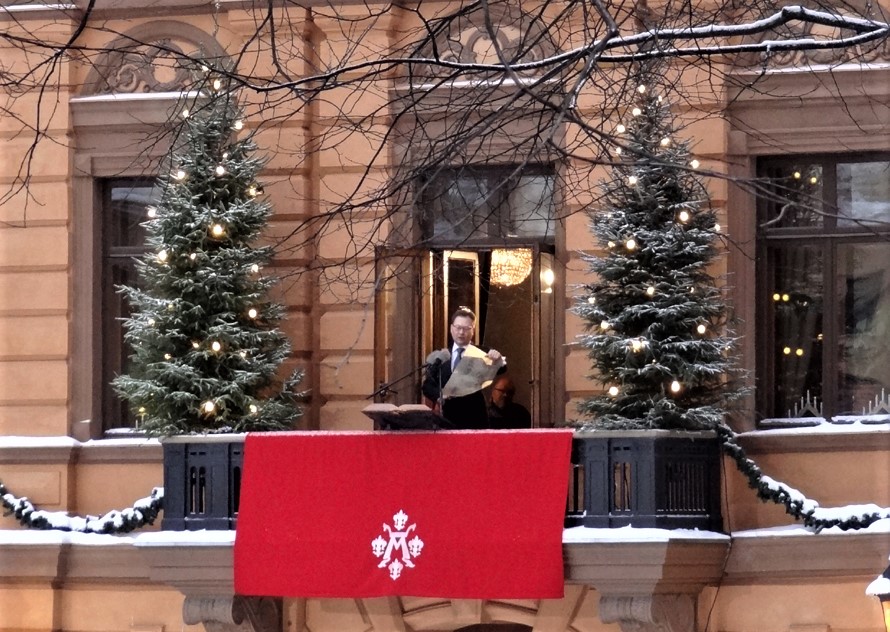
Christmas Eve is easily the most important day, although both Christmas Day and St. Stephen’s Day are also national holidays. Following the reading of the Peace, many Finnish families visit the local graveyard to place candles on the graves of loved ones before returning home to begin the festivities, usually with a visit to the sauna. Visitors to Finland are usually taken aback by how quiet the towns and cities become – all shops close by noon on December 24th, and only the smaller stores will open for a maximum of four hours on the 25th. The Christmas tree is brought home by Christmas Eve at the latest, usually a Norway Spruce, and decorated with a star on top, draped in tinsel and hung with bells, balls, and lots of glittering ornaments.
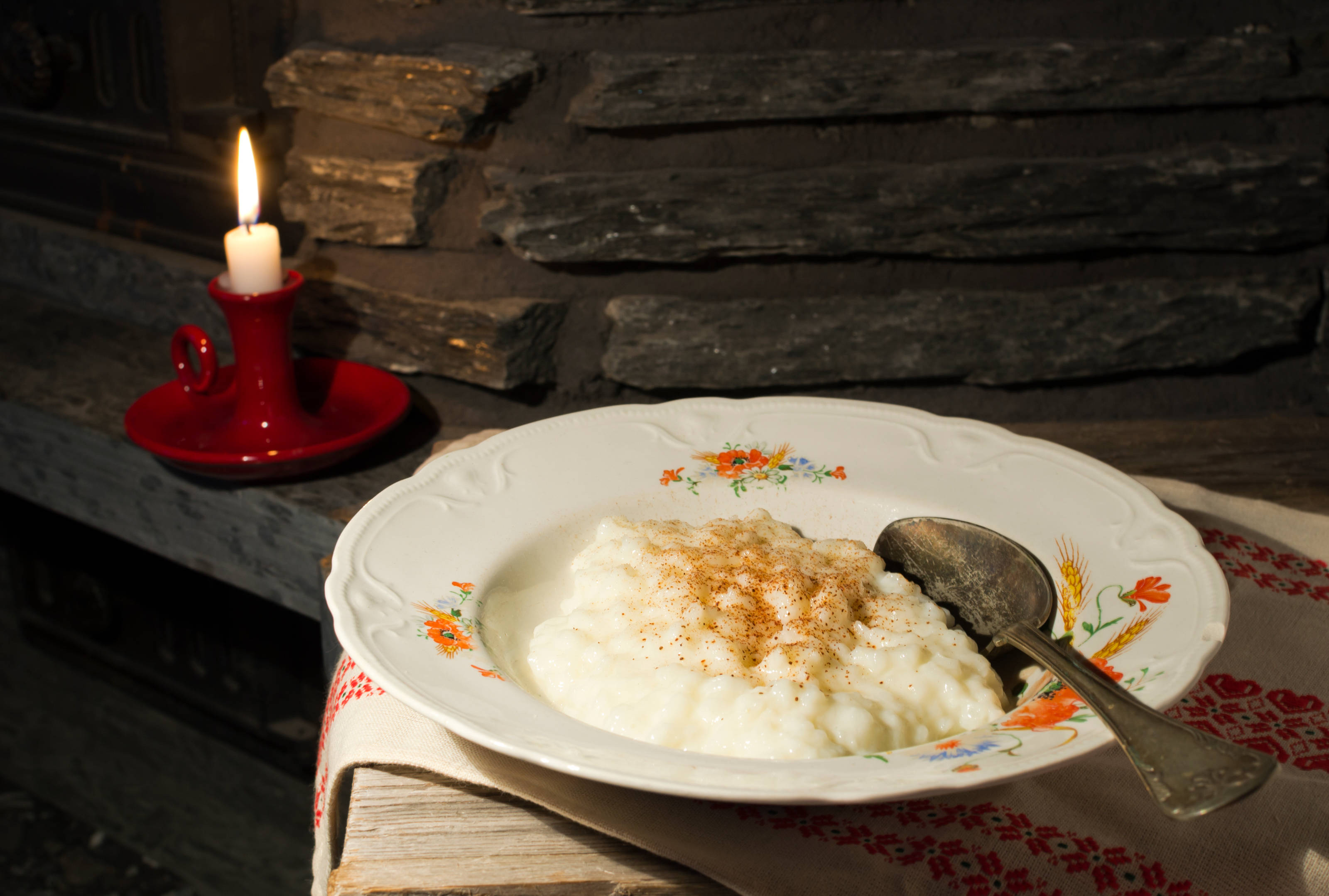
Late morning in Finnish households on Christmas Eve sees the family have their riisipuuro, or rice porridge, which will have had a single almond added to it. Whoever finds the almond gets to make a wish. In the afternoon the preparations for the Christmas dinner will begin, and before the family sits down to eat everyone will have enjoyed a relaxing spell in the sauna.
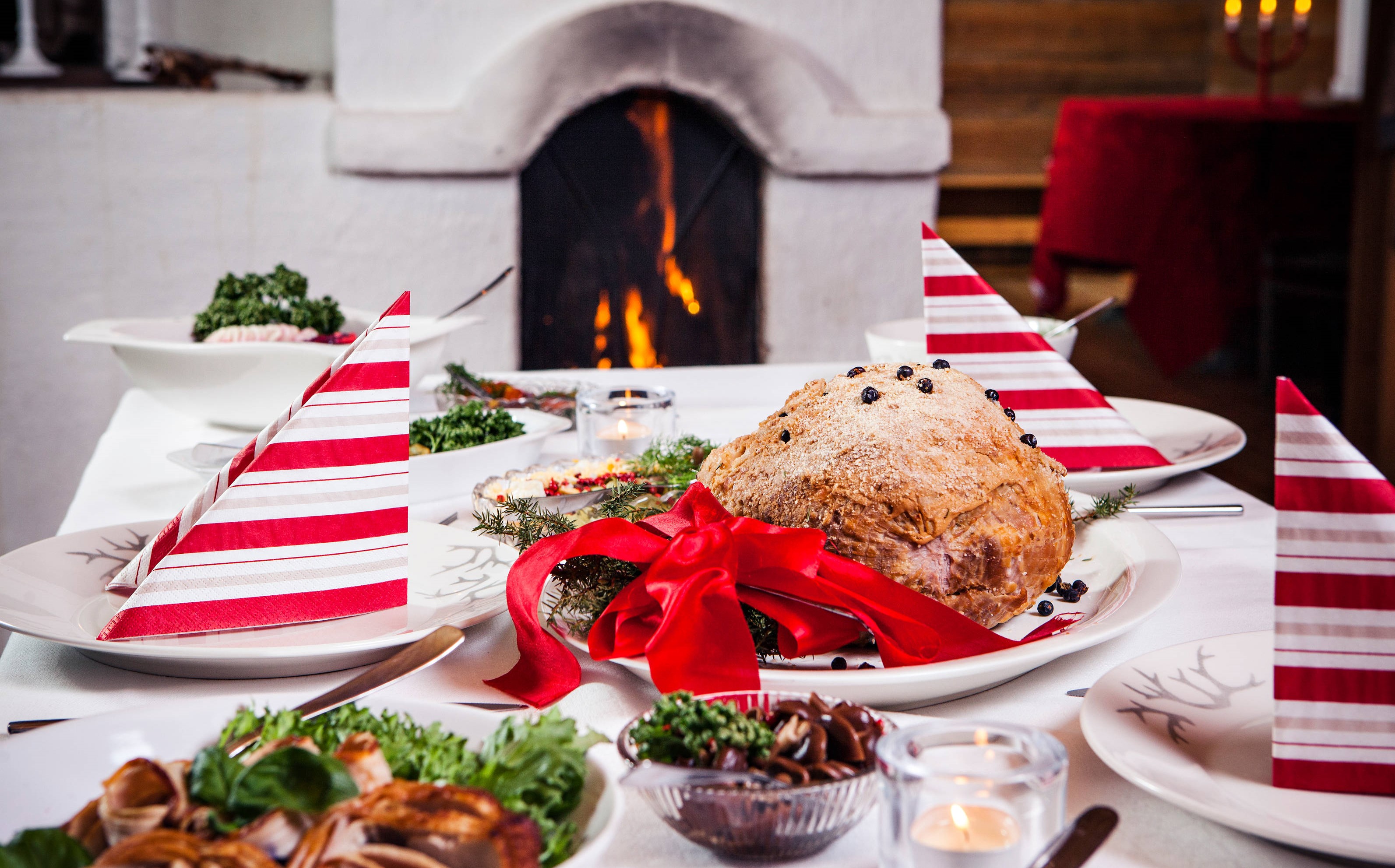
Christmas dinner varies from region to region, and from house to house, but there are some foods that you can expect to find when it’s time to eat. For starters you can usually find freshly salted salmon, rosolli salad (made with diced beets, carrots and potatoes and served with sour cream) with ‘Glass Masters’ herring, and perhaps some roe served in hardboiled eggs which have been halved and the yolks removed. The main courses will centre around the baked ham, served with honey mustard dressing. Two casserole dishes that accompany the ham are porkkanalaatikko (made with carrot and rice) and lanttulaatikko (made with rutabaga, breadcrumbs and syrup), and in some parts of the country there might be Karjalan Paisti, or stew, and possibly a baked salmon or rainbow trout. Several kinds of whole grain breads and rye-rice pies may be served with the dinner. For dessert mixed fruit soup or a pudding made of lingonberries, Christmas bread and pastries, and ginger cookies. There will also be glögi– a warm drink served at Christmas parties, made using red wine and/or berry juice, spices, raisins and almonds (also sometimes spiked with vodka).
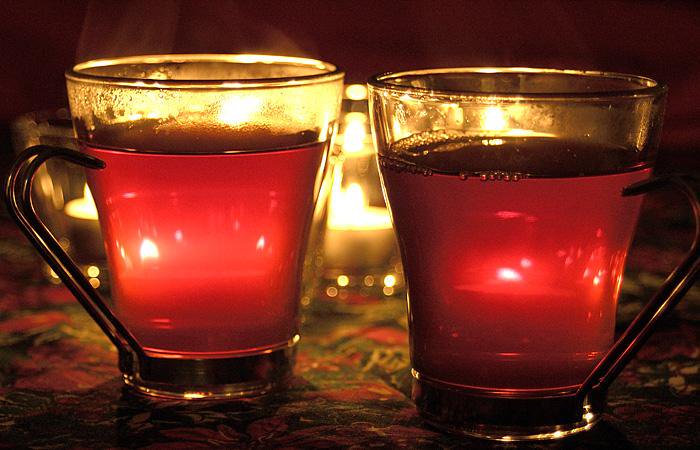
After dinner the children in the house are finally rewarded for their patience when Joulupukki (Santa Claus) finally arrives at the front door and is welcomed into the house. Finnish children are aware that Joulupukki has to visit all the other families in the world on Christmas Eve, but as he lives in Korvatunturi in Finnish Lapland it is only natural that he visits Finnish children first. The family gathers together in the living room where a small child is chosen to be Joulupukki’s nervous little helper, and the big man in red starts to pull the presents out of his sack with the helper passing them out to the family.
Christmas Day is a very quiet affair, with Finnish families usually staying home and reading or relaxing together. Visiting others or receiving visitors usually waits for St. Stephen’s Day, likewise going out to see cultural events or go skating, skiing or engage in other winter activities.
Hyvää joulua!
